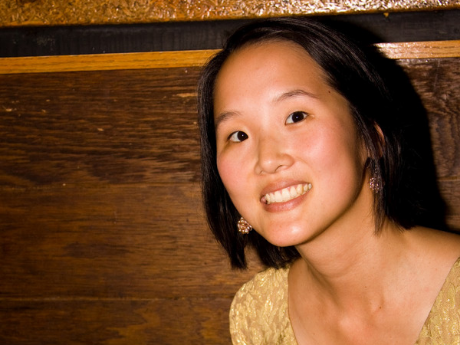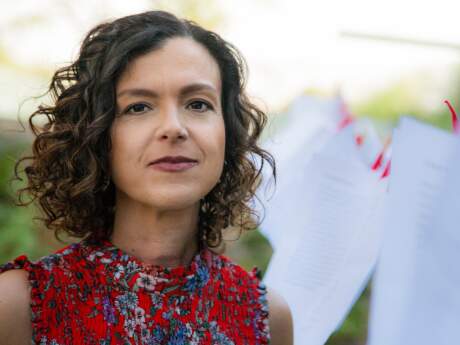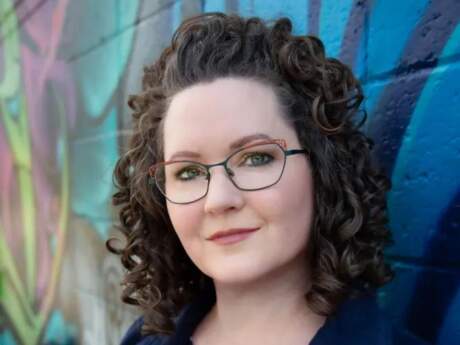In Their Own Words
Debora Kuan’s “Pastoral”

Pastoral
This is the map of stationary cloud and crow.
Felt bird perched
atop felt world at last,
while the white colts crowd around.
And, in his wagon, Lin sits still,
pulls on his hand-me-down black boots.
Left foot, right foot. All roads end
in spools of pink, then fasten to other roads.
This is the map, and this is its legend.
In far-left field, the cemetery
pinwheels languish in non-spin.
Unshiver, atremor.
The quiet corruptions feel several.
Nameless headstones, loose teeth.
A hand inside a stopped watch,
which cannot feel its gears.
Chao begins another story, the one
about the opaque form
against its opaque field.
Another manifestation of owl.
We go the only way we can: brick by brick,
drum by drum.
We wonder at the flatness of travel, and how
beneath us, against us,
another thing fattens.
So this is exile, this is flight.
Women crossing the landscape in droves,
dropping silverware, gold
heirlooms, hair.
The good hand aids the mangled one.
We doctor. We hold our tongues
and check our mouths for sores.
At night, we wrap a pear in long woolen underwear
and wait for our arrival.
"Pastoral" from XING (Saturnalia Books, 2011) is reprinted with the permission of the author. All Rights Reserved.
On "Pastoral"
The world of this poem grew from a simple wish to play on the word "felt." I like the fact that the word houses both the material and the act of feeling (or the act of having felt). Also, at the time I wrote the poem, I was very interested in Joseph Beuys's work and was learning about his symbolic interest in materials like felt and wax. The hand that cannot feel the watch's gears in the second stanza translates onto the body Beuys' piano wrapped in felt: both are manifestations of inefficacy and handicap, frustration and impossibility.
The rest of the poem too can be seen as an ekphrastic poem, although not one about any specific painting or work of visual art, rather about visual art itself. Chao's story turns out to be not much of a narrative at all. It is instead about the concept of figure and ground: "the opaque form/ against its opaque field." And everywhere, things are in a state of "non-spin." They are still, stationary, or flat, even travel itself. I intend that elegiac torpor not just as futility but also as permanence: A work of art is a creation that can outlast
you—at least, we hope so in the best of circumstances.
Lin and Chao are recurring figures throughout the book who we first meet in another poem also titled "Pastoral." They are not so much full-blown characters as they are gestures at ethnicity. I wanted the poem to be about exile and migration—my parents' and grandparents' stories, and consequently, mine—but without the attendant burdens of history or time, or the strict parameters of a specific nationality. This openness is very important to me. As a writer steeped in the Western canon, I know very little about Chinese poetry and literature, classical or otherwise, but I want to speak to this schism, as well as the loss and frustration I feel in the face of a tradition I have only the most superficial access to. For this, I am indebted to surrealism as a mode, because it seems (regardless of its origins) to provide a satisfactory solution to the problem. Its emphasis on the unconscious carves out not only an expansive imagistic freedom, but also the space for the possibility of a universality shot through with ambivalence.


